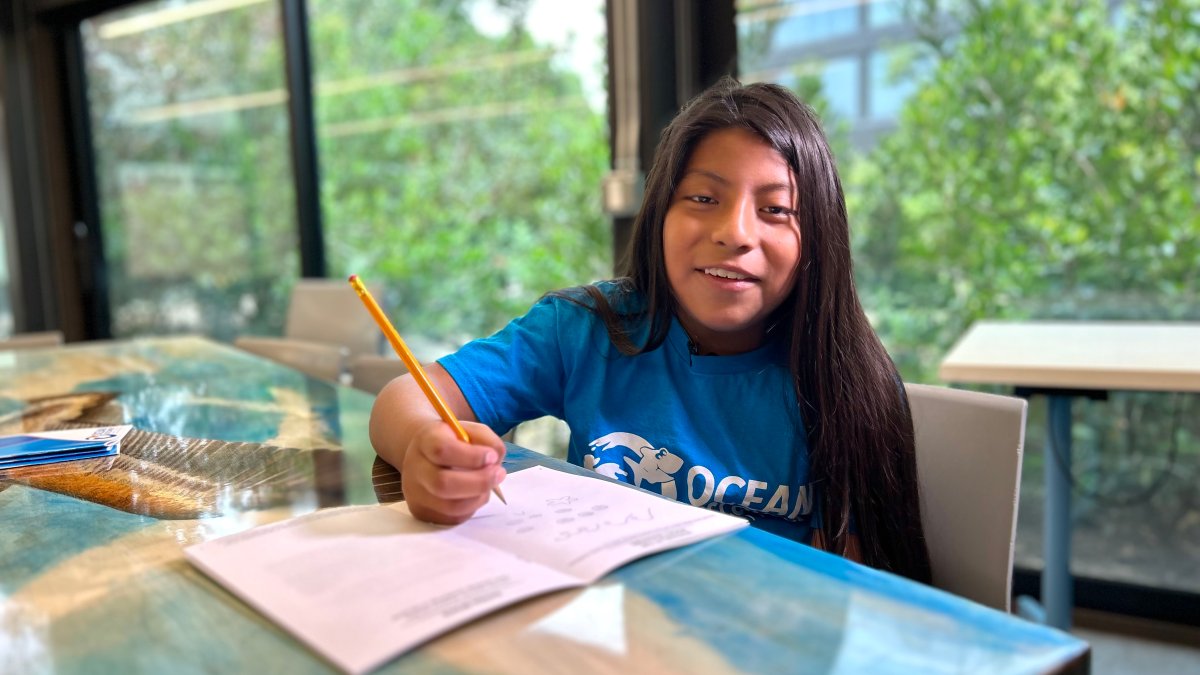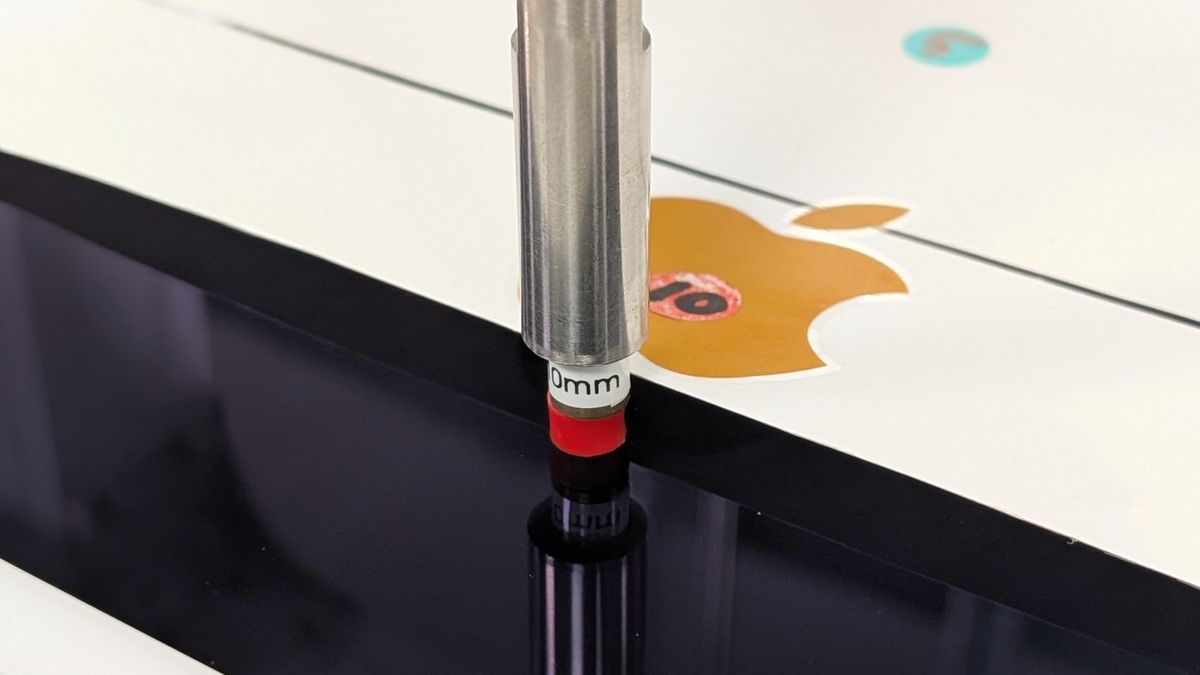Primary Premaxillary Ostectomy and Setback: Dealing With the “Fly-away” Premaxilla.
Autor: Farhadi, Rana; Wallace, Robert D.
Publication year: 2023
Annals of plastic surgery
issn:1536-3708 0148-7043
doi: 10.1097/SAP.0000000000001423
Abstract:
OBJECTIVE: This study aimed to analyze our outcomes of primary premaxillary ostectomy and setback combined with lip adhesion as the first stage in repair of the bilateral cleft lip with fly-away premaxilla. METHODS: This retrospective study included all patients who required primary premaxillary setback by a single surgeon to achieve successful lip repair between 2011 and 2017 at a tertiary children’s hospital. All patients had bilateral cleft lip and complete cleft palate with significant premaxillary protrusion. All patients either had failed presurgical orthodontic manipulation or were thought to be poor candidates because of the rigidity of the premaxilla on clinical examination. Patient data were obtained from review of medical records and photographs. Surgical technique is described. RESULTS: Eleven patients with bilateral cleft lip, all of whom also had complete cleft palate, underwent primary premaxillary setback and lip adhesion at an average age of 8.2 months. The mean follow-up was 1.9 years (range, 139 days to 4.5 years). All patients subsequently completed formal lip repair, of which 10 have undergone palatoplasty. Serial photography documented stable premaxillary position and successful lip repair within the follow-up time frame. No patient had postoperative premaxillary instability or vascular compromise. One patient had dehiscence of the lip adhesion requiring reoperation. CONCLUSIONS: Primary premaxillary ostectomy and setback allows for successful staged formal lip repair in patients with bilateral cleft lip and palate who have failed presurgical infant orthopedics. Further research is required regarding longterm follow-up with respect to midfacial growth.
Language: eng
Rights: Copyright © 2018 Wolters Kluwer Health, Inc. All rights reserved.
Pmid: 29762437
Tags: Humans; Retrospective Studies; *Cleft Palate/surgery; *Cleft Lip/surgery; *Plastic Surgery Procedures; Maxilla/surgery
Link: https://pubmed.ncbi.nlm.nih.gov/29762437/





